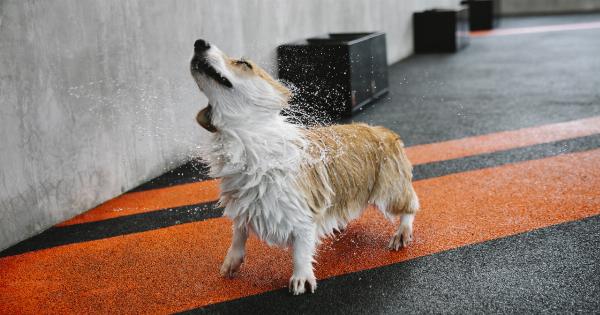Assistance dogs are specially trained dogs that help individuals with disabilities carry out different tasks. One of the most common uses of assistance dogs is to help individuals with visual impairments.
These dogs have become an essential part of the lives of many people with disabilities as they help them navigate through life with ease.
What Are Assistance Dogs?
Assistance dogs are trained to help individuals with disabilities perform different tasks. They work in a variety of settings to help people with disabilities maintain a sense of independence and safety.
For visually impaired individuals, assistance dogs are trained to help them navigate through various obstacles and perform different tasks that would otherwise be difficult to do on their own.
Types of Assistance Dogs
There are several types of assistance dogs, and each type is trained to perform different tasks. For visually impaired individuals, there are two primary types of assistance dogs; guide dogs and service dogs.
Guide Dogs
Guide dogs are trained to help visually impaired individuals navigate through different obstacles and environments. They help their owners move through crowds, avoid obstacles, and navigate around different areas.
Guide dogs are trained to walk in a straight line and follow specific commands given by their owners. They are essential for visually impaired individuals who need help navigating through unfamiliar areas or crowded places.
Service Dogs
Service dogs are also trained to help visually impaired individuals, but they are trained to perform a wider range of tasks.
In addition to helping individuals navigate through different obstacles, service dogs can also help their owners with other tasks such as opening doors, retrieving items, and alerting their owners if there is danger nearby. Service dogs are trained to help their owners with whatever tasks are necessary to maintain their independence and safety, allowing them to live their lives to the fullest.
Training Assistance Dogs
Training an assistance dog is a lengthy process that requires a lot of patience and dedication. It can take up to two years to fully train an assistance dog, and even then, the training never really ends.
Assistance dogs require ongoing training and reinforcement to maintain their skills and ensure that they remain focused on their tasks.
Selecting an Assistance Dog
Selecting an assistance dog is a crucial decision, and it is essential to take the time to find the right dog.
It is important to work with an established organization that has experience training assistance dogs and can help match you with the right dog. Different assistance dogs have different personalities and temperaments, and it is crucial to find a dog that is a good match for your lifestyle and needs.
Caring for an Assistance Dog
Assistance dogs require ongoing care and attention to ensure that they remain healthy and happy. It is important to provide your assistance dog with appropriate food and regular veterinary care.
Exercise is also important for assistance dogs, and they should be given plenty of opportunities to run and play. Additionally, providing your assistance dog with plenty of love and attention is essential to maintaining a strong bond between you and your dog.
Conclusion
Assistance dogs are an essential part of the lives of many visually impaired individuals. They provide a sense of independence and safety that would otherwise be difficult to achieve.
Training an assistance dog is a lengthy process that requires patience and dedication, but the rewards are well worth the effort. If you are visually impaired and are considering getting an assistance dog, take the time to find the right dog and work closely with an established organization to ensure that your dog receives proper training and care.






























